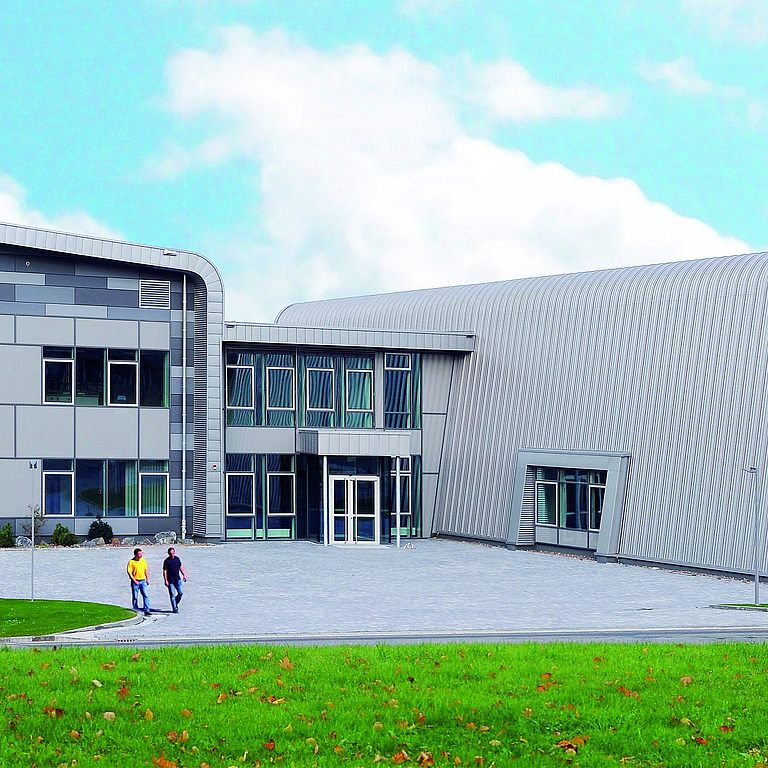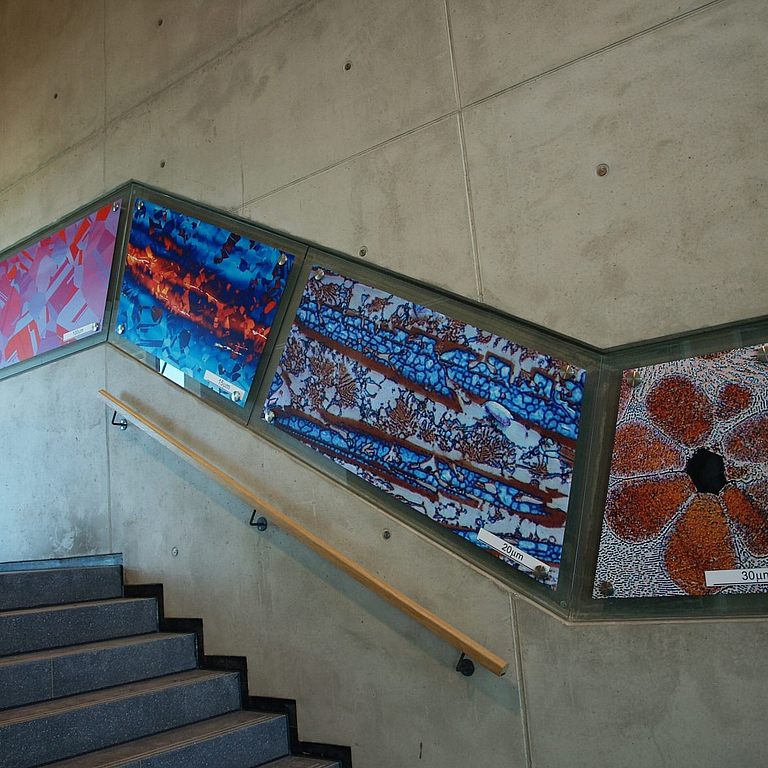Annihilation of free volumes and residual stresses in nanocrystalline metallic films
Project leader: Prof. Dr. rer. nat H. Schmidt Fundingperiod: 2010 - 2015 Funding body: DFG Funding code: - Nanocrystalline metals in the form of thin films are in a high-grade non-equilibrium state after their production using suitable deposition methods (e.g. magnetron sputtering). Annealing at temperatures close to room temperature leads to structural relaxation processes, which are accompanied by a temporal change in the concentration of free volumes in the grains and in the grain boundaries. In particular, there is a correlation with relaxation of residual stresses. These processes can irreversibly change electrical, mechanical and magnetic properties.
The goal of this application is to experimentally characterize and model these processes in thin metal films (5 -150 nm). For this purpose, a novel method based on simultaneous in-situ measurement of lattice constants with X-ray diffraction (XRD) and macroscopic length change with X-ray reflectometry (XRR) during isothermal annealing will be used. By using synchrotron radiation, a time resolution in the range below one minute can be achieved. The method will be used to systematically investigate, as a model system, various cubic nanocrystalline metals (Cu, Pd and Fe) with different crystal structure and density, but also an application-relevant nanocrystalline metal-nitride compound ((-TiNx). From the results, an understanding of the structural relaxation kinetics as a function of temperature, film thickness and grain size will be derived.

